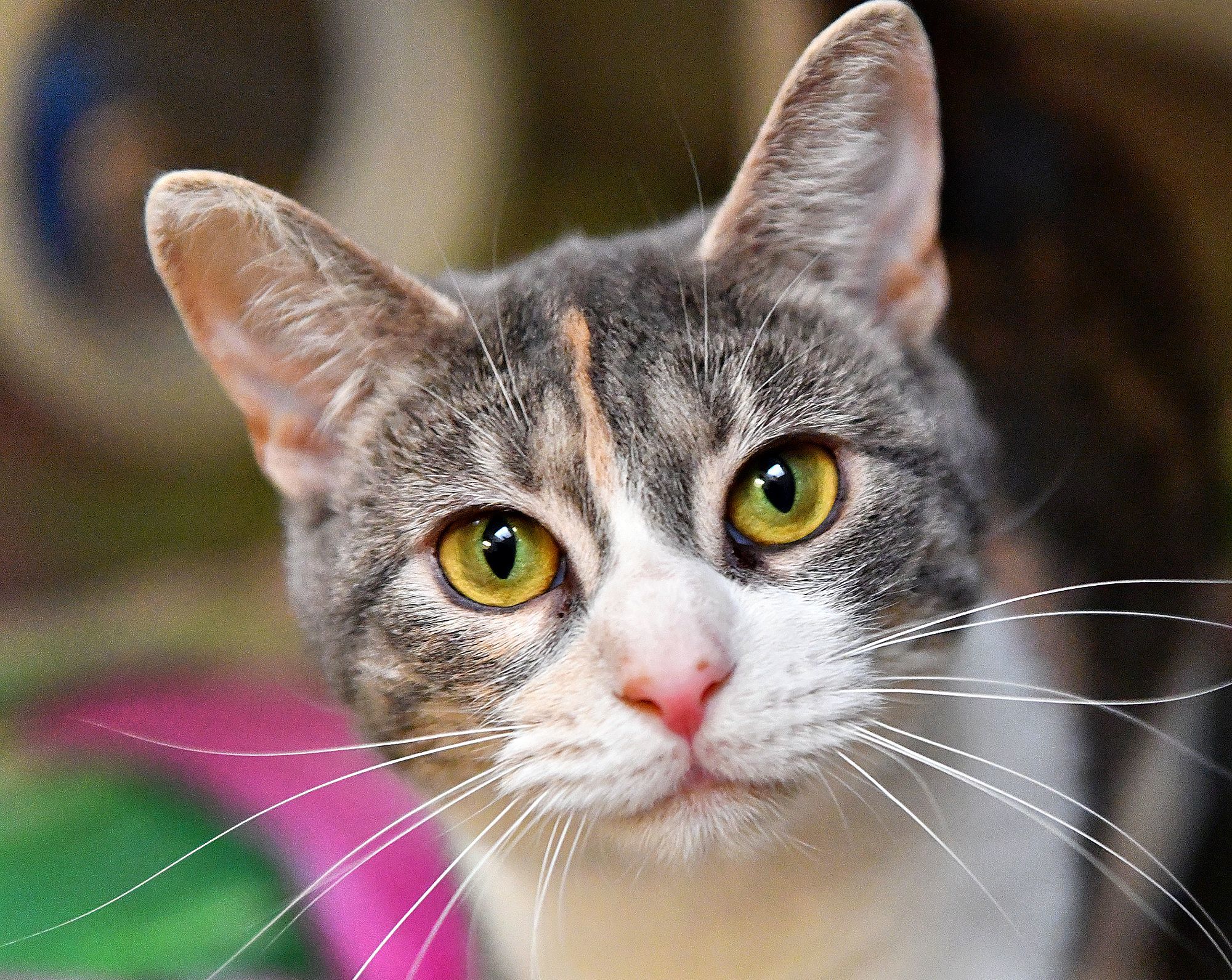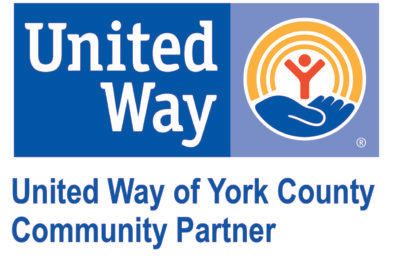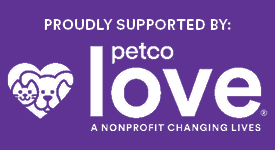
Our Managed Shelter Admissions Policy: Surrendering Animals to the York County SPCA was updated on February 3, 2022. This policy reflects our Community Cat Initiative, which was developed under the guidance of Best Friends Animal Society and follows their best practices.
We understand that this new policy may feel counterintuitive. However, cats have lived outside for thousands of years; it’s their home and removing them from their home does not save more lives or reduce their numbers. Accepting a cat into our shelter is less likely to result in live outcomes for cats that are thriving outdoors. In most cases, due to behavioral issues, free-roaming cats will never be a candidate for adoption, which leaves those cats with an almost guaranteed outcome of euthanasia.
In terms of controlling population growth rates, our previous approach was not working, as we saw no significate decline in feline population numbers, even with the high volume, low-cost spay/neuter clinic having been open since 2013. For example, we euthanized 2,553 cats in 2018 that could have had a chance at a live outcome had this new policy existed at that time. After implementing the Community Cat Initiative in 2021, we euthanized 234 cats (for irreparable health reasons) and saved thousands of lives by diverting cats through our spay/neuter clinic and then returning sterilized cats to their outdoor home. This progressive approach will achieve the long-term solution of reducing free roaming cat populations by spaying/neutering and returning sterile cats back to their home.
This policy of managing outdoor cats through spay/neuter return is endorsed by The Humane Society of the United States, the ASPCA, Best Friends Animal Society, and many other leading national animal welfare organizations. To read the full policy and explanation on how this program will increase the number of cat lives saved and reduce feline population growth rates over time, see below.
Managed Shelter Admissions Policy: Surrendering a Pet to the York County SPCA
The York County SPCA is requiring owners wishing to surrender their pets to complete an online surrender form and schedule an appointment. A staff member will reach out within the week to discuss the surrender profile and provide counsel on alternatives. If surrendering is the best course of action, a tentative surrender appointment will be scheduled based upon available cage space.
Stray dogs are accepted during our open hours, from 8:00 a.m. – 4:00 p.m., Monday – Sunday. York County residents and Animal Control Officers must call ahead to notify shelter staff that they are transporting a stray dog to our shelter.
Any sick and/or injured stray animal that needs care outside of normal York County SPCA business hours should seek assistance at the Animal Emergency and Referral Center of York or the Mason Dixon Animal Hospital. The York County SPCA has a negotiated agreement with the AERC and MDAH, to hold and stabilize injured animals until the next day when an agent of the York County SPCA can transport the injured animal to our shelter.
The following is the York County SPCA’s protocol for managing York County’s unowned, free roaming community cats.
Healthy free-roaming community cats. In most situations, the York County SPCA will not accept healthy free-roaming cats into the shelter as a surrendered animal. In most cases, due to behavioral issues, feral or free-roaming cats will never be a candidate for adoption, which leaves those cats with an almost guaranteed outcome of euthanasia. Additionally, surrendering free-roaming cats does not reduce York County’s free roaming cat population long-term. Instead, the York County SPCA advocates for a real, long-term solution to address our county’s cat population growth rates (more details proceed).
Residents should trap unowned cats and then bring those cats to the York County SPCA’s low-cost spay/neuter clinic. At the clinic, all cats receive a thorough exam, spay/neuter surgery, ear tip, and are vaccinated for Rabies – all for a cost of $20. The next day, residents should pick up the cat and return the cat back to where it was found. If the cat arrived in a healthy condition, we reasonably assume that the cat will continue to thrive in the same environment. Upon completion of the vet exam, any health issues are addressed by our vet staff.
Unhealthy free-roaming community cats. If York County residents observe and trap unhealthy free-roaming cats, we accept those animals into our shelter. We strive to nurse the animal back to health in hopes of returning the cat to the original address where it was found. Again, free-roaming cats are not good candidates for adoption and typically thrive when returned to their outside home.
Owned, free-roaming cats. If York County residents observe a free-roaming cat that appears to be owned (collar, harness, other obvious signs) we encourage residents to leave the cat where it is. Although it may feel counterintuitive, cats are 13 times more likely to be reunited with their owner when returned to the area where they were found. Unless there are signs of illness or abandonment, it
is better to return cats to their previous environment rather than bring the cat to an animal shelter. Alternatively, you may bring the cat to the shelter to have it scanned for a microchip. If there is no microchip, we will ask you to return the cat to the location where it was found. If there is a microchip, we will keep the cat and attempt to reunite it with the owner.
Kittens with a mom. If York County residents observe kittens and the mom cat is alive, we ask them to “leave the kittens be.” If York County residents do not see the mother cat, it is likely that the mom is still alive but is out hunting or hiding from people. It is instinctual for community members to see a kitten and want to bring that kitten to our shelter for care and adoption. However, we must redirect kittens away from our shelter and into a foster home because they often experience health problems in a shelter setting due to their compromised immune systems. The best guarantee for a kitten’s live outcome is to keep the kitten with its mom. Community members can help increase a kitten’s chance at a live outcome by following these instructions. Avoid handling the kittens and watch them from a distance for 10-12 hours to see if the mother returns. If the kittens are exposed or in a dangerous location, move them to a safe hiding spot nearby. If no mother returns, please contact the shelter at 717-764-6109 extension 101. The next best option is foster care. Saving kittens must be a community effort. We are only successful in saving kitten lives if people volunteer to be kitten fosters. Once kitten fosters have nursed the kitten to about 2-pounds, their immune system is strong enough to allow them to return to our shelter for adoption.
Kittens without a mom. If York County residents find kittens and the mom is confirmed deceased (for example, she may have been struck by a car), we will try our best to find a foster home for the kitten(s). We have a network of volunteers who are willing to bottle feed kittens until they reach two pounds and can be brought into the shelter. The finder may be asked to foster the kittens until they are two pounds if a foster parent is unavailable. All supplies and coaching will be provided. Feel free to contact us for more information or to learn how to become a feline foster parent.
If free-roaming cats are causing issues for York County residents, or if there are people feeding a colony of cats that are causing problems, we have a Field Services Agent who can help. Our Field Services Agent can educate people on how to deter cats. We can also educate people on how to reduce the size of their cat colonies and how to responsibly manage a colony of cats through Trap-Neuter-Return.
Healthy free-roaming community cats should not be brought to the shelter for surrender. Simply removing cats from the area without addressing their ability to reproduce is not effective. The food and shelter that were available to those removed cats remains in place and before long, new cats arrive to take advantage of these resources and continue to reproduce. This is known as the vacuum effect. Instead, we ask that residents care for community cats by utilizing our clinic’s Trap-Neuter-Return (TNR) program. If a community cat is already ear-tipped (tip of its ear is clipped off), there is no reason to trap the cat and bring it into the shelter. An ear-tipped cat indicates that the cat has already been spayed or neutered.
Spayed and neutered cats are unable to reproduce, continue to fill a niche in their environment, and prevent new cats (who are not spayed/neutered) from coming in and taking over. Once they are spayed or neutered, cats roam less, make less noise, and do not create a foul odor when marking territory. They also continue to provide rodent control. If enough of the cats in a neighborhood are spayed or neutered, their numbers will decline over time. This policy of managing outdoor cats through spay/neuter is endorsed by The Humane Society of the United States, the ASPCA, Best Friends Animal Society, and many other leading national animal welfare organizations.
We recommend the following community cat resources:
Nuisance Behaviors and Humane Deterrents:
- www.alleycat.org/community-cat-care/humane-deterrents
- www.humanesociety.org/sites/default/files/archive/assets/pdfs/pets/feral-cats/community-cats-nuisance.pdf
Finding Moms and Kittens:
- www.alleycat.org/take-action/leave-them-be
Trap-Neuter-Return (TNR):
- www.alleycat.org/resources/trap-neuter-return-for-community-cats-the-basics
- www.nobodyscats.org/tnr_resources.php
- www.aspcapro.org/resource/spayneuter-feral-cats/how-talk-tnr
Community Cat Overview:
- www.alleycat.org/resources/get-informed-discover-the-truth-about-feral-cats
- www.aspca.org/animal-homelessness/shelter-intake-and-surrender/closer-look-community-cats
- www.aspcapro.org/resource/talkin-tnr-4-responsible-feeding-practices








